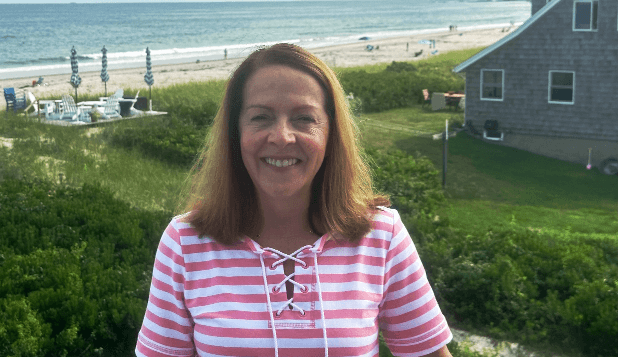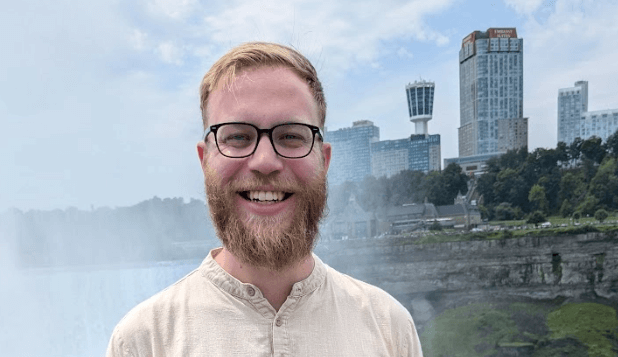

OSA Stories
Michael

I have had obstructive sleep apnea (OSA) for more than 20 years. Since I was lean and in good shape, I didn’t initially suspect I had sleep apnea. I was diagnosed with it after a sleep study, but I didn’t seek treatment at that time. After getting married, my wife encouraged me to undergo another sleep study because I wasn’t sleeping well, often waking up gasping and feeling exhausted during the day. Despite the diagnosis, I still did not seek treatment.
When my son was about five years old, another sleep study revealed that I stopped breathing 80 times per hour. I began using a CPAP machine but found it challenging and uncomfortable. Insurance requirements made it difficult to maintain usage as I had to wear it for a certain number of hours per night.
I was later diagnosed with atrial fibrillation (AFib) and hospitalized overnight for the first time in my life. By then, I had gained considerable weight and realized I needed to make changes. However, I didn’t fully understand the connection between sleep apnea and AFib, nor the risks associated with both conditions. Two years later, I experienced AFib again and ended up in the ER. It was then that my wife discussed with me the severity of sleep apnea and its related health risks. She was concerned about our family and our future.
A home sleep study, followed by a formal sleep study, showed I stopped breathing 68 times per hour. This was a wake-up call, and I knew I had to start making lifestyle changes and using the CPAP machine. I found a mask that worked for me and began using the CPAP machine religiously. I also changed my diet, became more active, and lost a considerable amount of weight, but my OSA persisted. Now, I use my CPAP regularly, even when traveling. While I definitely feel better, CPAP can be burdensome. It would be great to have simpler treatment options that reduce this burden.

